12 Crazy Facts About ‘The Lone Ranger’ You Didn’t Know
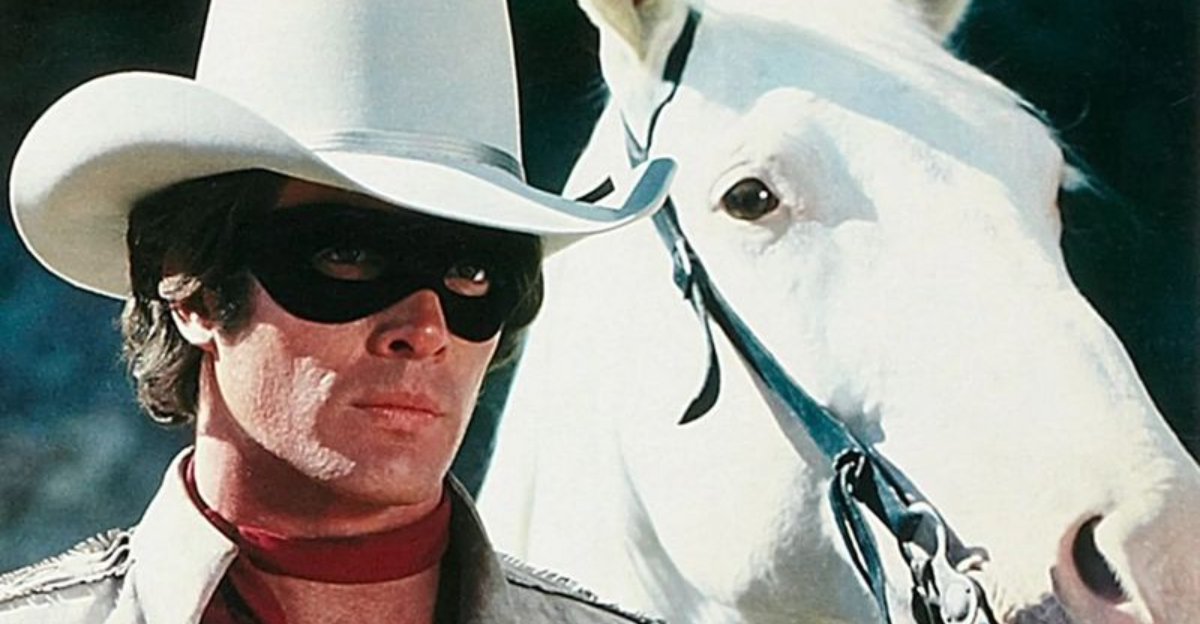
The Lone Ranger is the ultimate Wild West legend—part hero, part mystery, and 100% cowboy fabulous.
He’s got the mask, the silver bullets, and a horse that probably deserves its own movie deal. But hold onto your ten-gallon hats, because there are some wild, wacky, and downright yee-haw-worthy facts about this justice-loving gunslinger that’ll make you rethink everything you thought you knew.
For example, did you know his horse, Silver, might’ve been the real brains of the operation? Or that his catchphrase “Hi-Yo, Silver!” was almost “Giddy-Up, Dave!”? (Okay, maybe not, but imagine the possibilities.)
This masked mystery man has a past filled with adventure, justice, and just the right amount of ridiculousness. So saddle up and prepare to gallop through 12 crazy facts about ‘The Lone Ranger’—where history meets hilarity, and justice always comes with a side of puns!
1. The Lone Ranger’s Mask Was Made from His Brother’s Vest
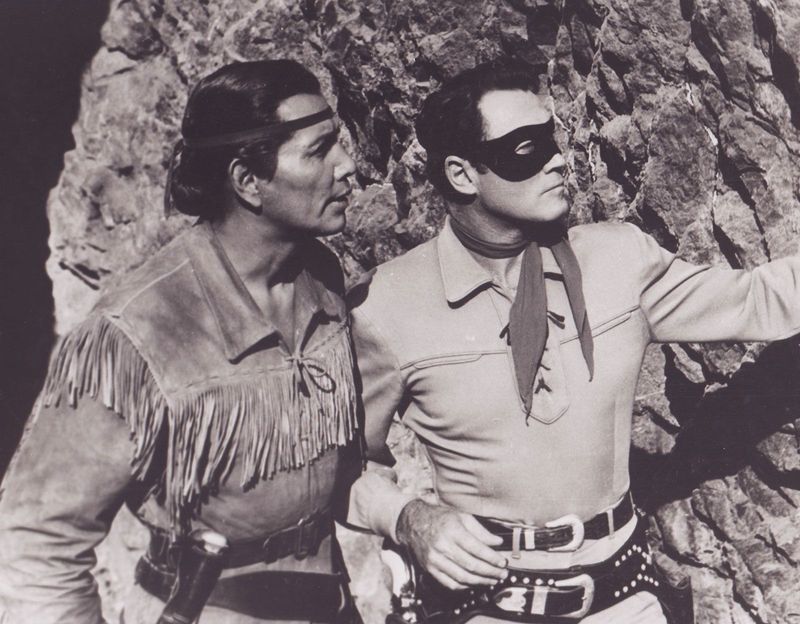
Talk about sentimental (and a little creepy)! In the original story, the Lone Ranger cuts a mask from the vest of his fallen Texas Ranger brother, turning grief into badassery. Imagine transforming a piece of sorrow into a symbol of justice! It’s like a superhero origin story with a Western twist.
This unique mask wasn’t just a fashion statement. It represented the Lone Ranger’s commitment to his brother, a constant reminder of his mission to uphold justice. The vest wasn’t just any piece of cloth; it was a sacred relic of sorts, stitched with love, loss, and a dash of cowboy courage.
If you think about it, wearing your brother’s vest as a mask is a bit like having your cake and eating it too. Or maybe, wearing your hat and riding it too. It’s a poignant blend of heroics and heartstrings, marking the Lone Ranger as a figure of profound depth.
2. His Horse, Silver, Had a Stunt Double
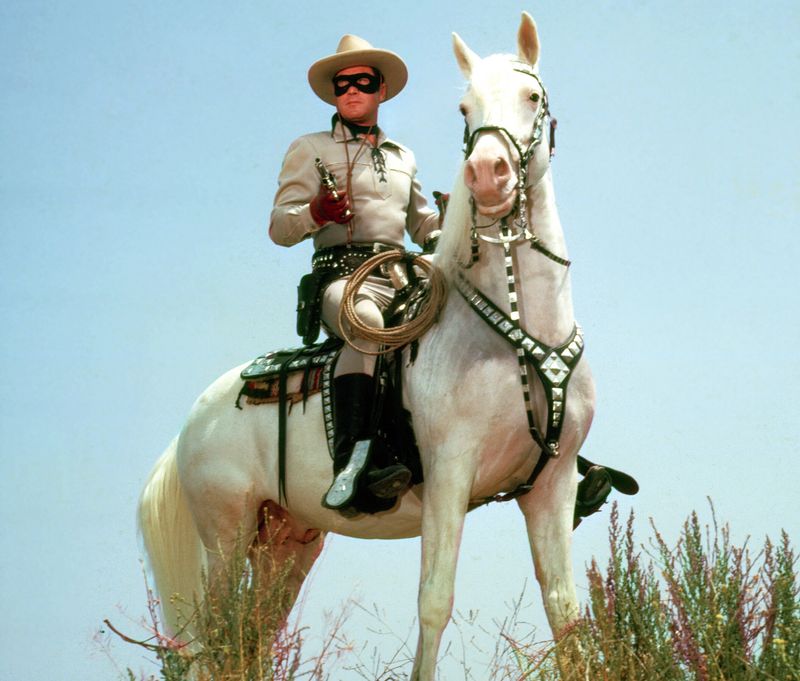
You think only actors have stunt doubles? Nope! Silver had a backup horse named “White Cloud” for risky jumps and action shots. Imagine being a horse and having your own stunt horse!
Silver was more than just transportation for the Lone Ranger – he was a galloping partner in crime-fighting. But when the going got tough, White Cloud stepped in for the adrenaline-rushing scenes. It’s like having a twin for all the daredevil antics, ensuring Silver stayed pristine and perfect.
It’s not every day you hear about a horse getting the Hollywood treatment, but Silver did. This four-legged star was part of the team, and like any great actor, sometimes you need a little help. After all, even heroes need a break from the spotlight. Or should we say, the saddle-light?
3. Tonto’s Name Was Changed in Spanish-Speaking Countries
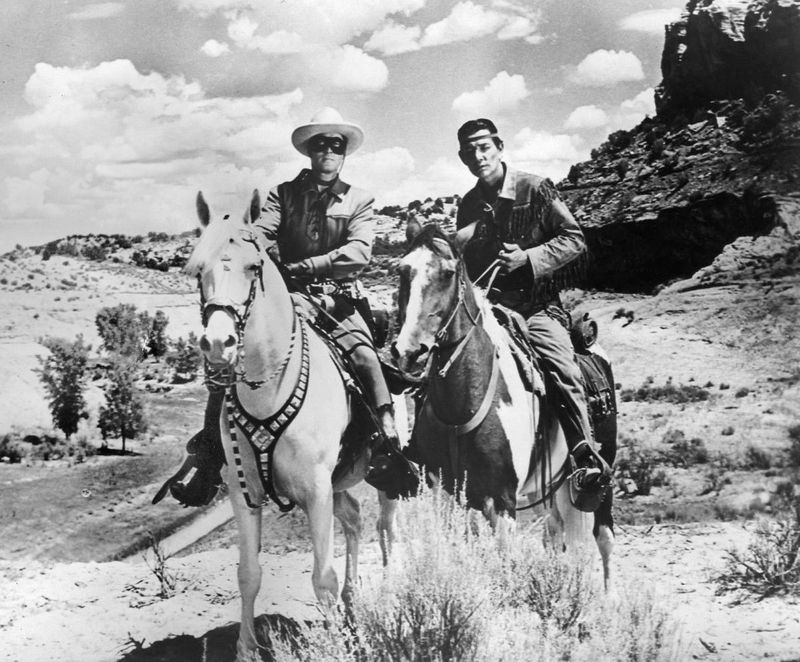
In Spanish, tonto means “fool”—not a great look for our hero’s sidekick. In Spanish-speaking versions, he was renamed “Toro,” which means “bull” (way cooler, right?).
When adapting stories for different cultures, sometimes names need a little tweaking, and Tonto’s was a prime example. “Toro” not only sounded fierce and mighty but also helped maintain the dignity of the character. It’s a classic case of translation saving the day.
Despite the name change, Tonto remained the same loyal and brave companion, proving that a rose by any other name would smell as sweet—or in this case, ride as valiantly. Whether as Tonto or Toro, this character stood strong, charging through challenges like a bull in a china shop.
4. The Lone Ranger Had a Secret Code of Conduct
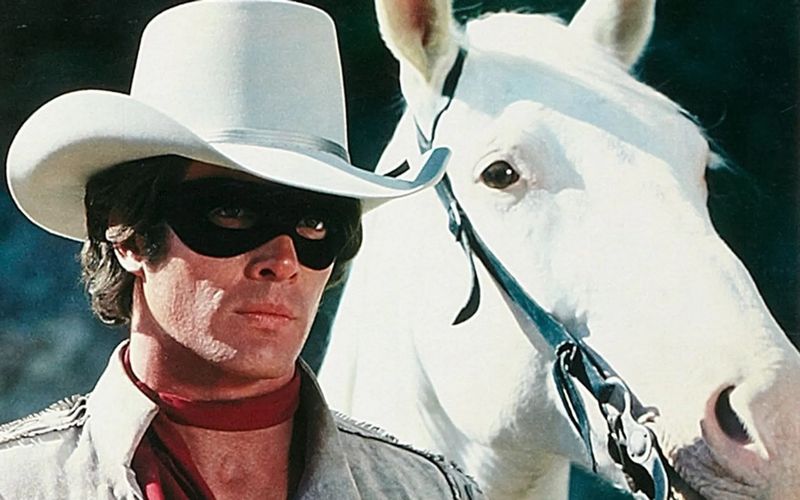
Unlike modern antiheroes, the Lone Ranger played by strict rules. He never shot a bullet to end someone’s life, he never drank, and he always did the right thing. Basically, he was the cowboy version of Captain America.
This secret code of conduct was more than just a guideline; it was the essence of the Lone Ranger’s character. Upholding justice without compromise, he was the epitome of the moral high ground, standing tall in a world where gun-slinging was the norm.
His principles made him a beacon of hope and integrity. It’s like a cowboy’s version of a superhero cape, flapping only in the direction of justice. In a world filled with shades of grey, his code was the white hat standing defiantly against the darkness.
5. There’s a Theory He’s Related to The Green Hornet
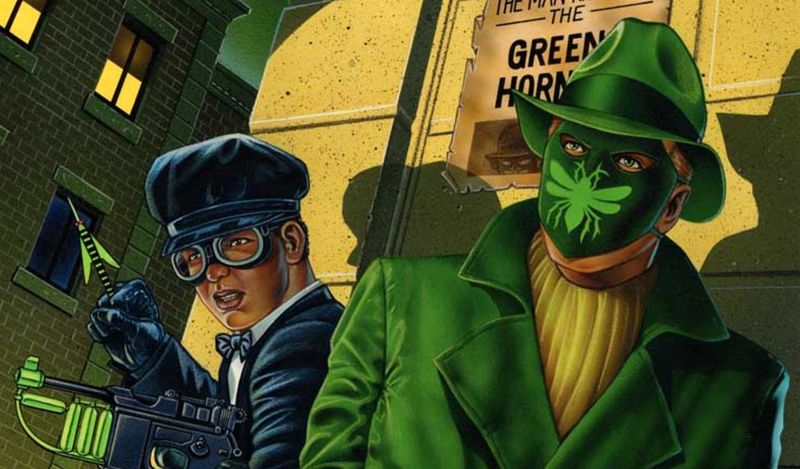
Mind blown! The creators of The Lone Ranger also created The Green Hornet, and it turns out the Green Hornet is actually the Lone Ranger’s great-nephew. Crime-fighting runs in the family!
This connection isn’t just a fun trivia tidbit; it’s a whole new dimension to the Lone Ranger’s legacy. It’s as if heroism is hereditary, with the family tree branching into exciting, masked adventures.
Having a crime-fighting lineage is like having a family recipe passed down, only instead of cookies, it’s justice. This theory places the Lone Ranger at the root of a heroic dynasty, making him not just a legend of the West but an ancestor of modern vigilantes.
6. His Silver Bullets Had a Deeper Meaning
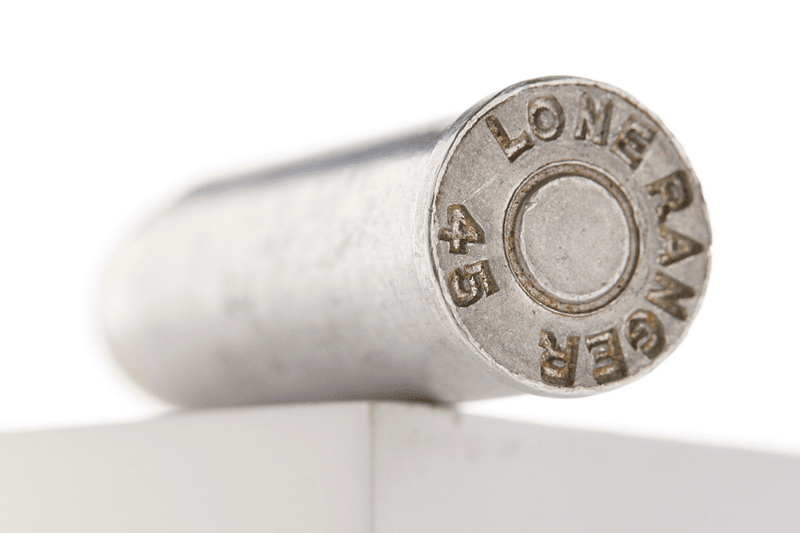
The Lone Ranger used silver bullets, not just to be extra flashy, but as a reminder that life is precious and shouldn’t be taken lightly. Imagine being a bandit and getting taken down by a cowboy philosopher!
Silver bullets were symbolic, a tangible representation of the value he placed on life. They weren’t just weapons but tokens of wisdom, standing as a testament to his commitment to justice and humanity.
In a world where bullets were as common as cowboy hats, his choice was a statement. It’s like wearing a tuxedo to a barn dance—unexpected but undeniably classy. The silver shine was a reflection of his noble heart, as enduring as the metal itself, ensuring the Lone Ranger’s message outlasted his adventures.
7. The TV Show’s Star Was Almost Fired for Being TOO Good
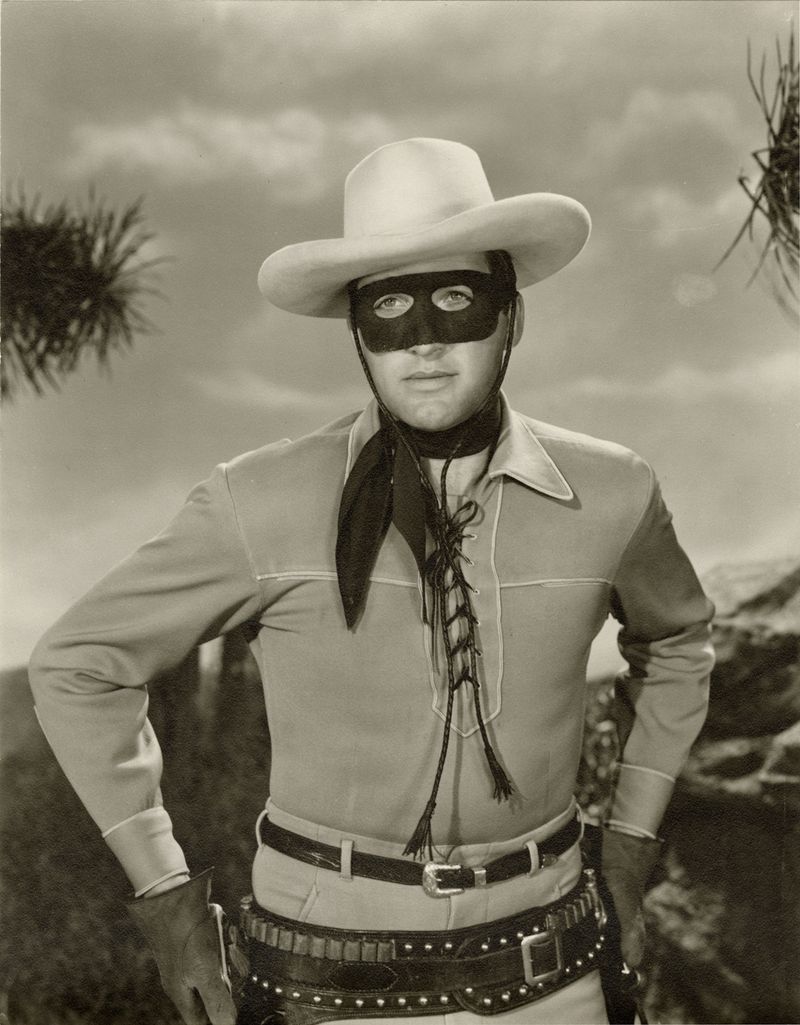
Clayton Moore, the most famous Lone Ranger actor, was so dedicated to the role that he refused to be seen in public without his mask. The studio got mad, replaced him for a while, and then realized people hated the new guy. Moore came back victorious!
This dedication to character might sound like a plot from a movie itself. Moore’s commitment was unwavering, embodying the Lone Ranger both on and off-screen, creating a true legend.
His brief firing and triumphant return are tales of resilience and loyalty. It’s as if the mask wasn’t just a prop but a part of his very identity. Moore didn’t just wear the mask; he wore the spirit of the Lone Ranger, proving that true heroes never really leave.
8. The Original Radio Show Had a 7-Year Mystery
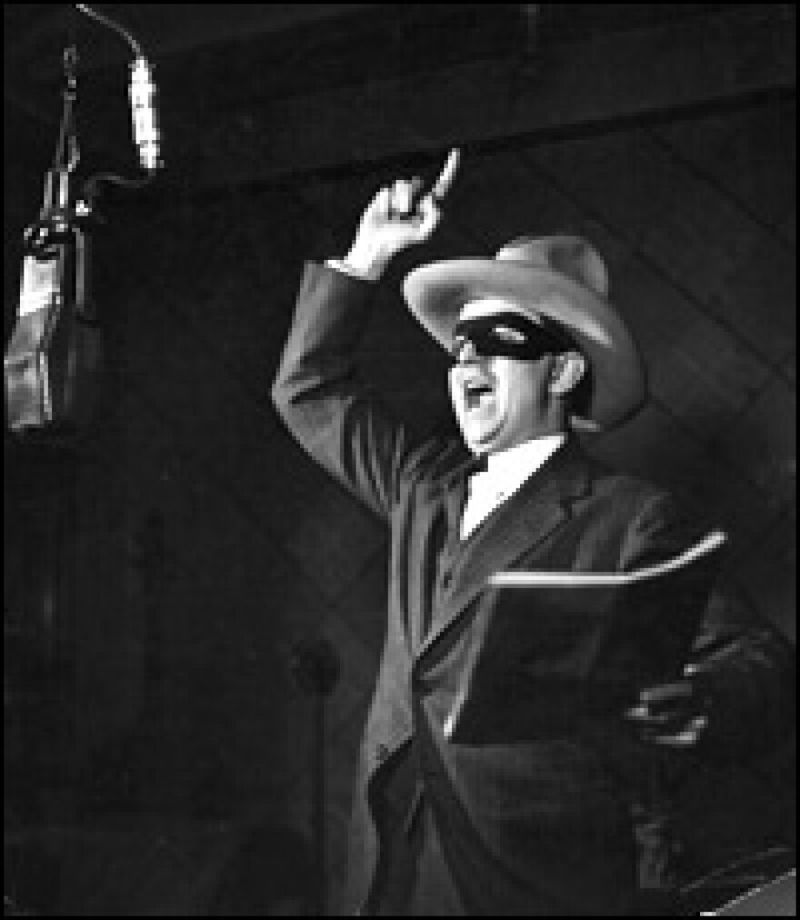
When The Lone Ranger first aired on radio in 1933, no one knew his real name until seven years later! It was finally revealed that he was John Reid. That’s a long time to keep a secret identity!
In an age before internet spoilers, this mystery kept listeners on the edge of their seats. It was the ultimate cliffhanger, leaving audiences guessing and theorizing for years.
Finally unveiling his name was like opening a treasure chest. It connected the dots and gave fans a piece of the Lone Ranger’s secretive puzzle. The revelation wasn’t just about a name – it was a hidden key unlocking part of his mystique, a seven-year journey through the airwaves.
9. Tonto’s Catchphrase Doesn’t Mean What You Think
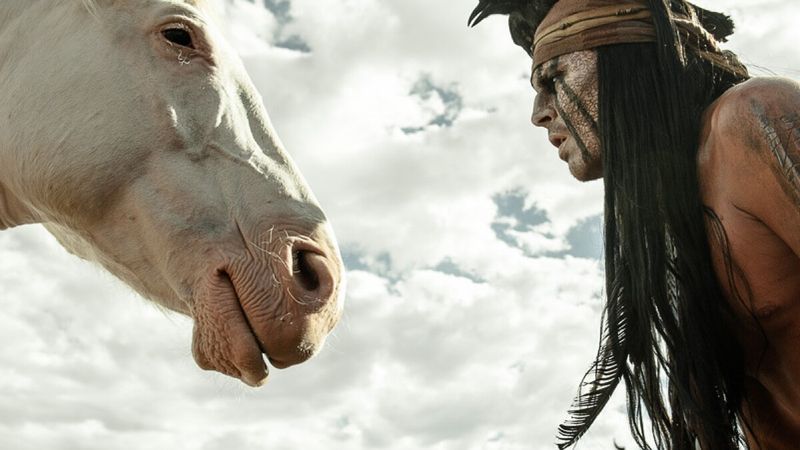
Tonto always called the Lone Ranger “Kemosabe.” Many think it means “trusted friend,” but it’s actually from the Potawatomi language and translates more closely to “scout” or “faithful one.”
This catchphrase was more than just a quirky line – it was a testament to their bond. Understanding its true meaning adds a layer of depth to their partnership, revealing Tonto’s respect and loyalty.
The language of friendship is universal, but sometimes it needs a bit of translation. This translation adds a touch of authenticity, making their connection as rich and nuanced as the Wild West itself. It’s a reminder that in the world of cowboys, words are as powerful as actions.
10. The 2013 Movie Was a Historic Box Office Bomb
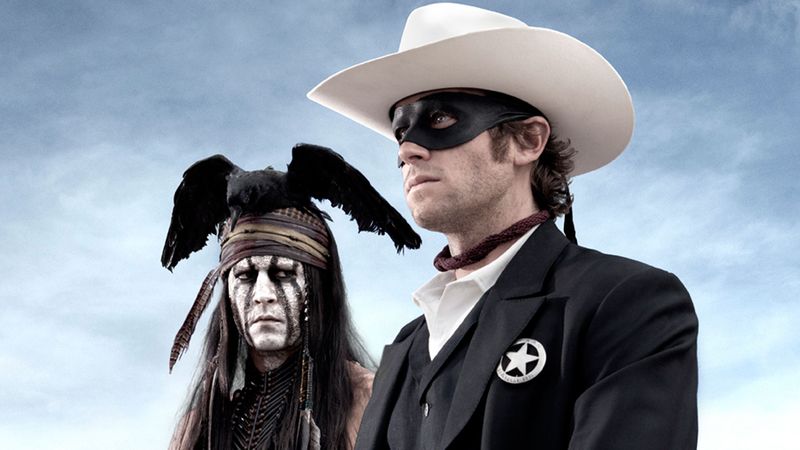
Disney’s The Lone Ranger (2013) starring Johnny Depp and Armie Hammer lost over $160 million at the box office, making it one of the biggest flops in Hollywood history. Ouch.
Despite the star power, the movie couldn’t capture the spirit that made the Lone Ranger beloved. It’s like trying to serve a gourmet steak at a fast-food joint; the mix just didn’t work.
This box office bomb is a lesson in the unpredictable nature of cinema. Sometimes, even with all the right ingredients, the magic doesn’t happen. But every flop has a silver lining—or in this case, a silver bullet—as fans continue to cherish the original tales, proving that old legends never truly fade.
11. The Lone Ranger Once Took on Frankenstein’s Monster
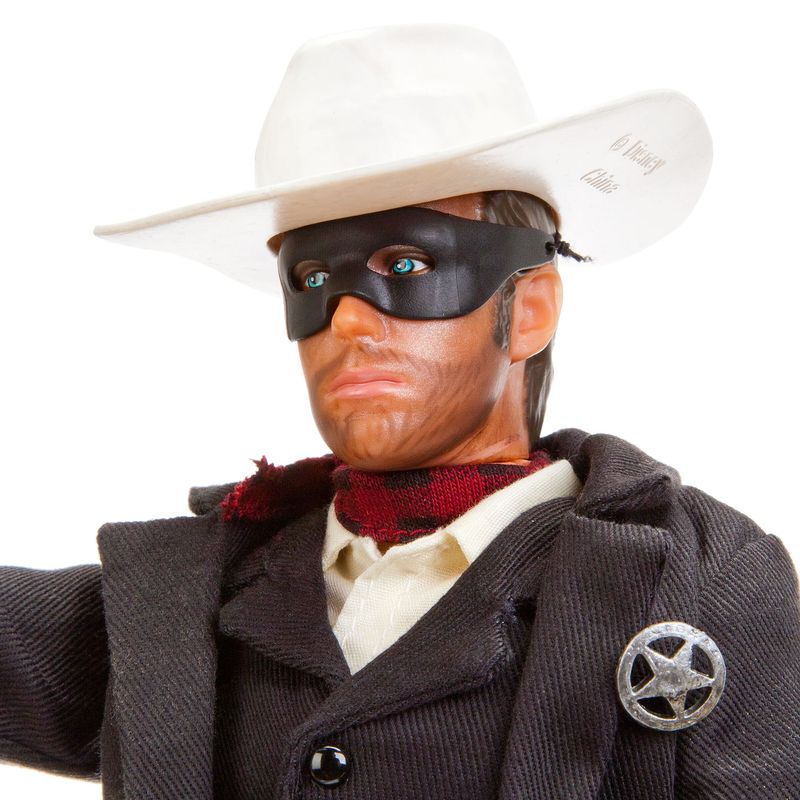
In one of the weirdest Lone Ranger stories ever, he fought Frankenstein’s monster in a bizarre crossover comic. The Wild West just got a lot weirder!
This storyline threw the Lone Ranger into uncharted territory, mixing horror with Western. It’s an imaginative twist that blends genres like a cowboy-Dracula cocktail, shaken and not stirred.
These unconventional matchups are reminders that storytelling has no boundaries. Even the most iconic characters can find themselves in the oddest situations, proving that the only limit is imagination. This comic adventure was a testament to the timeless appeal of the Lone Ranger, even when facing the supernatural.
12. The Lone Ranger’s Theme Song Is Classical Music
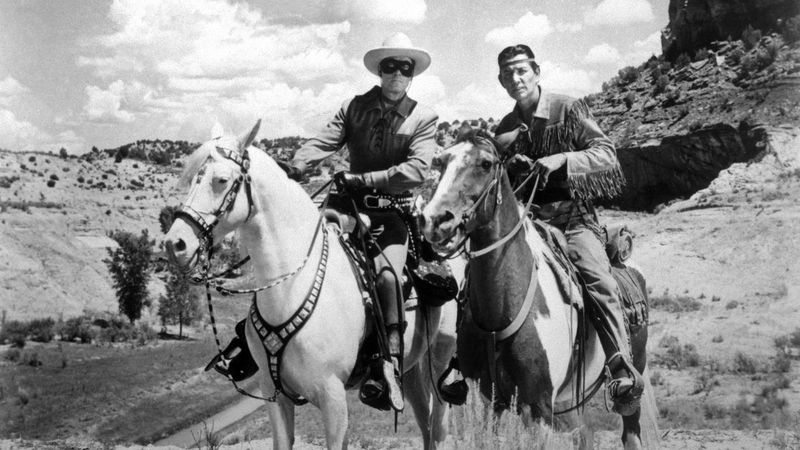
That epic theme song? It’s actually “William Tell Overture” by Rossini. So, every time you hum it, you’re technically appreciating classical music… like a cowboy with culture.
This choice of theme isn’t just catchy; it’s a brilliant fusion of high culture and frontier flair. The energetic overture perfectly matches the Lone Ranger’s galloping adventures, marrying the old with the new.
It’s a reminder that art transcends time and genre, turning a Wild West hero into a musical ambassador. This theme continues to echo through pop culture, ensuring that the Lone Ranger rides on, harmonizing the past with the present. So next time you hear it, tip your hat to Rossini, the unsung hero of cowboy soundtracks.
